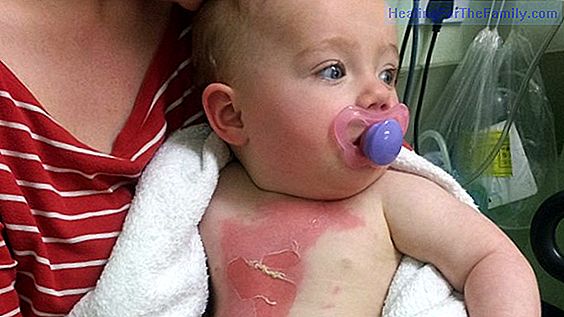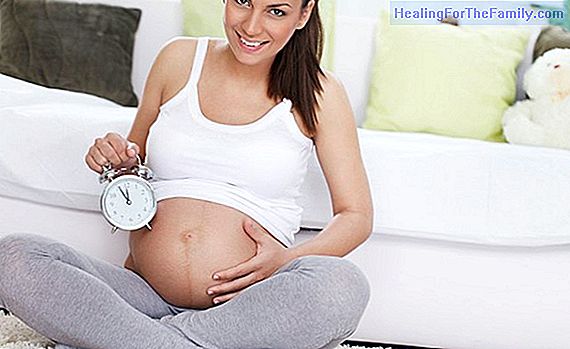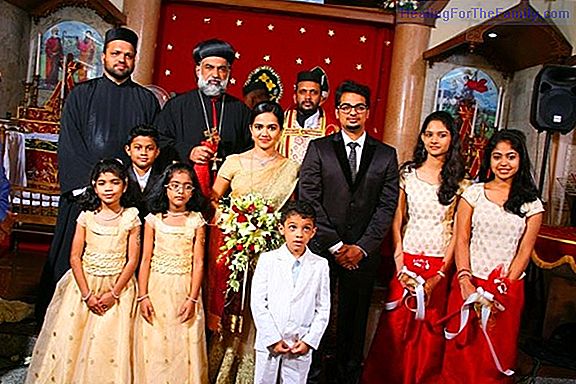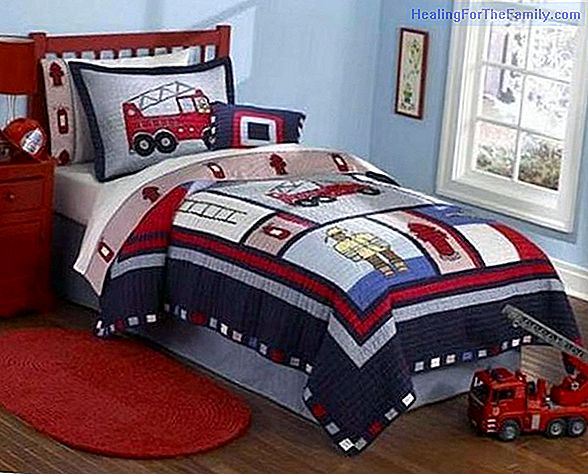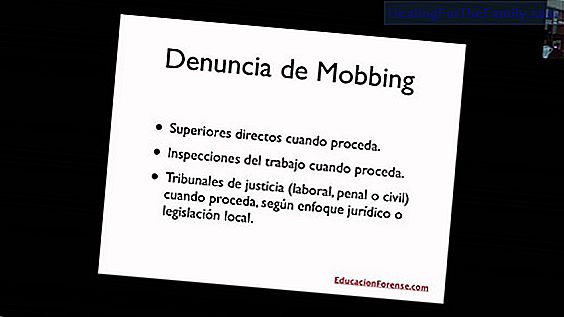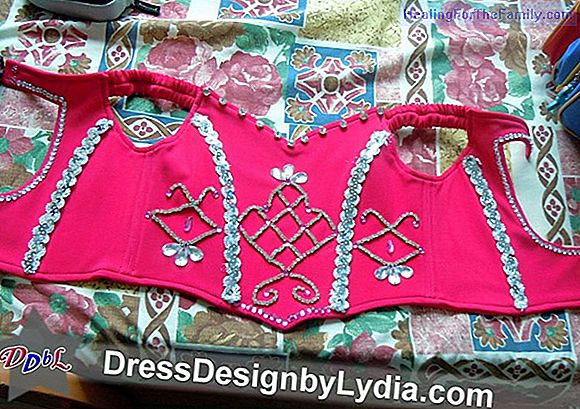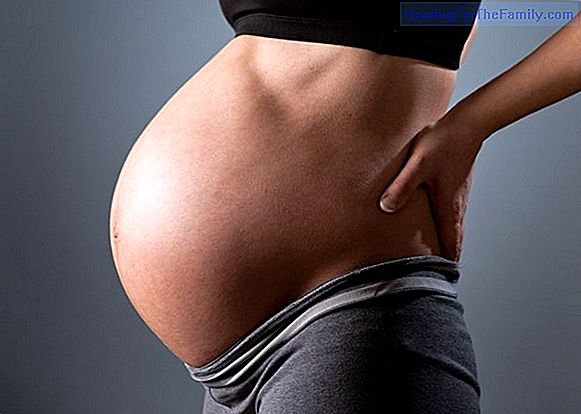Bruxism in children
Bruxism is the tightening or grinding of the teeth without functional purpose. That is, the teeth collide against each other in a normal way during chewing and swallowing, that is, with a purpose, for something. It is a fact that many young children grind or clench their teeth at night . Do they do
Bruxism is the tightening or grinding of the teeth without functional purpose. That is, the teeth collide against each other in a normal way during chewing and swallowing, that is, with a purpose, for something.
It is a fact that many young children grind or clench their teeth at night. Do they do it for something, for some reason, or is it simply a 'vice', a harmful habit? First, we have to realize one thing: the milk teeth are going away because the definitive ones will come out. The position of the milk teeth will depend to a large extent on the position of the definitive teeth. We tell you how bruxism affects children.
How bruxism affects children
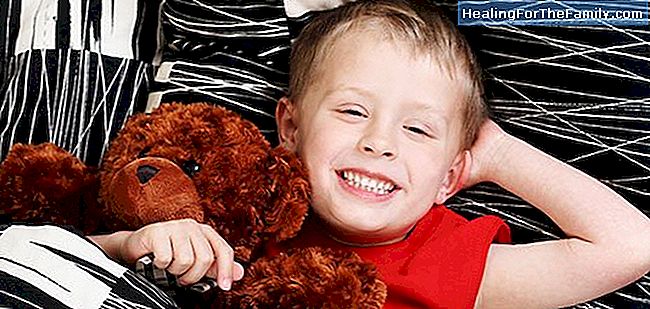
Milk teeth erupt and have sharp edges on the incisors, their canines cutting points and their cusps and grooves, that is, irregular surfaces to increase efficiency when grinding food molars. But if we observe how the children's teeth are when they fall, they do not have edges or tips or irregularities. They have been polished and smoothed with the use. A milk tooth that has worked normally flattens considerably, and in that flattening more than one third of the tooth's height is lost. And this happens in the course of a few years, without the need to grind ... in principle.
The teeth, by their anatomy, are 'designed' to crush the food. But what foods? Purees, porridges, yoghurts, sliced bread, croquettes, macaroni, bananas, cookies? If the work of the teeth is done by the cooking of the food, the knife and the food processor, the teeth no longer do it: neither the incisors cut nor the canines tear or the teeth grind, neither the muscles increase in size nor the teeth. bones calcify as is ideal. What happens then? Well, nature needs the teeth to wear out que, for the mouth as a whole to work. Is it there when bruxism can occur in children?Children with baby teeth do not have bruxism
The rubbing produced by wear will also cause the jaw, which when the child is born is thrown backwards so that the baby passes through the birth canal, is repositioned in a more advanced position . This position is achieved by rubbing one dental arch against another. And if it is not done eating, it will be done at night rattling.
Therefore
a child's teeth grinding is usually perfectly 'normal' . Some at first because of the novelty of having hard things that come out of the gums, they hit the scarce four teeth they have. When the grinding wheels already have we see that it does have a functional purpose.Therefore we can not talk about bruxism .And if it is normal, it does not require treatment.
The best treatment is to provide the child with a hard, dry and fribrous diet, with which the mouth works and becomes 'tired'. In any case if it is observed that teeth wear on one side more than on the other, or that there are headaches or dental fractures, then yes you have to consult with the pediatric dentist. And no, the grinding of teeth does not mean that the child has worms.

